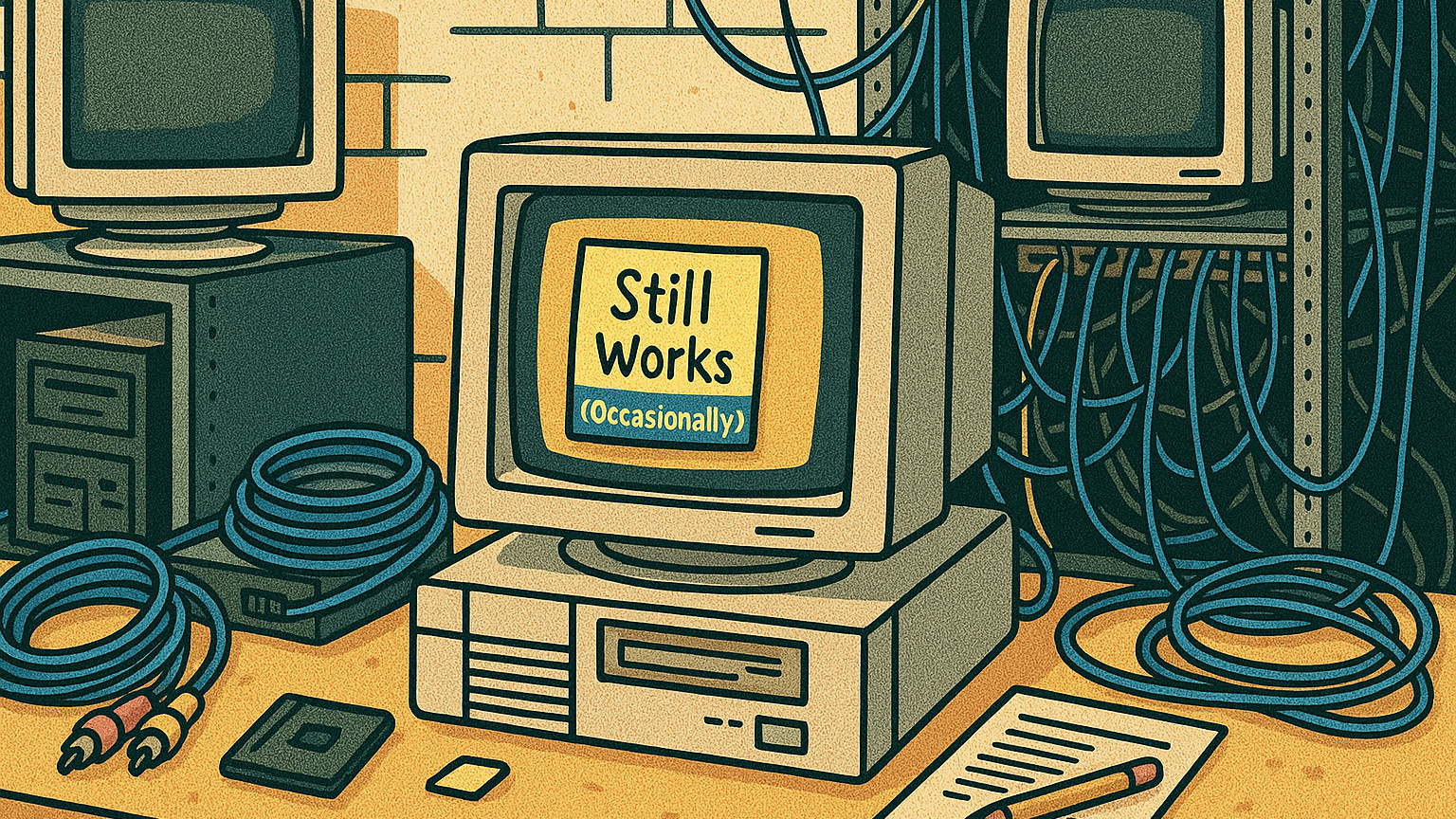Frugality is part of every entrepreneur’s DNA. Here are strategies that can save hundreds—even thousands—every month.
By Bill Kozel
You built your business from scratch, so you already know how to reuse paper clips and print on both sides of the page. But now that your company has grown larger, the opportunities for savings have grown as well—if you know where to look.
For advice on how your business can save money every month without compromising performance, ChannelPro-SMB spoke with experts from the worlds of business, taxation, and contract employment.
DEVELOP FRUGAL HABITS
As co-owner of Peerless Saw Co. in Groveport, Ohio, and author of The Small Business Savings Plan, Timothy Gase has a well-trained eye for cost-reduction strategies. He offers several suggestions that can work for any business:
- Watch every last expenditure. Gase suggests that you pay attention to all expenses, especially recurring costs that tend to be overlooked. “We were leasing a floor scrubber,” he recalls, “and our purchasing department didn’t pay attention when the lease was up. In the fourth year, it rolled over to a rental agreement—until we notified them that we wanted to buy it.”
- Save on energy. To reduce monthly energy costs, Gase recommends shopping around: “Today, you can broker energy from someone other than your current supplier. By doing so, we reduced our electricity costs by 18 percent.” Gase also recommends asking your energy provider for financial incentives to install energy-efficient windows and lighting. When his company did, he says, “our power company kicked in an additional $3,000 toward our costs.”
- Cut insurance costs. “Health insurance is a huge cost and a huge opportunity for savings,” says Gase. Having seen his group policy costs skyrocket due to a single employee’s claim, he has moved about 20 of his 50 employees to individual policies. “We’re saving a ton of money,” he reports. “Our company is still paying the same percentage of coverage as before. The healthcare insurer sends our company a list bill and we pay the coverage each month. Eventually, the only employees left on the group policy will be those who are higher risk for the insurance company. Our overall savings are around $60,000 to $80,000 per year.”
- Negotiate with suppliers. Gase believes you should review and renegotiate supplier costs every three to four years. When you do, he recommends asking for additional discounts in exchange for fast payment, such as 10 days. “Faster payment saves our company $20,000 to $25,000 per year,” he says. Conversely, he adds, you may ask to pay in 45 days instead of 30, in order to improve cash flow. Or, if a supplier doesn’t offer calendar-based discounts, Gase suggests paying by credit card. That way, he notes, “at least you’ll get points to spend on other things in your business or personal life.”
LOOK FOR TAX SAVINGS
Your tax adviser should be continually on the lookout for opportunities to reduce your tax burden. But you can help spur his or her imagination by suggesting these ideas from Joseph Anthony, a Portland, Ore., tax professional specializing in tax planning and preparation for individuals and small businesses.
- Bonus depreciation. If you act quickly, you can take advantage of a special deduction that ends in 2011. “Ordinarily,” Anthony says, “businesses have to write off the purchase price of assets over several years. But until the end of this year, it’s possible for most small businesses to depreciate up to $250,000 worth of purchases of furniture, equipment, and in some cases even leasehold improvements.”
- Retirement plans. Anthony also recommends reviewing your retirement plan setup and options. “Roth 401(k) plans, to which retirement plan contributions are nondeductible but on which withdrawals and earnings are tax-free forever, are attractive options for some employees,” he notes. “If you don’t have any retirement plan set up for your business,” Anthony adds, “take a look at SIMPLE [Savings Investment Match Plans for Employees of Small Employers] plans. You can’t set aside as much as with a 401(k), but the plans can be considerably less expensive to administer.”
CONSIDER CONTRACT EMPLOYMENT
Payroll is often the highest single expense item in any company, but you can reduce that number by hiring contract workers in addition to or instead of full-time employees.
Gary Swart, whose Redwood City, Calif.-based company oDesk Corp. is the largest and fastest growing online employee platform, believes that contract employment offers the potential to not only reduce costs, but also improve the quality of service you offer to clients.
story continues…
“The world of work has changed,” says the oDesk CEO, “and today’s employers need access to talent. Yet it’s hard to compete for good talent these days. And even if you can find it, can you afford it?”
Then, he adds, you need to worry about utilization. “You have to pay full-time employees whether they are working or not. So if they are only 75 percent utilized, that eats into your profit margins.”
Hiring contract workers, Swart says, allows your company to tap into a local, regional, or global network of talent, often at very favorable rates. What’s more, you can hire labor on demand. “You only pay contract employees while they’re actually doing work,” he says.
How do you know the actual time worked by an off-site contractor? In the case of oDesk, a proprietary software program takes screen shots of the employee’s computer six times per hour—at random intervals. That way, Swart says, “you can see that an hour billed is an hour worked.”
Hiring contract employees can also relieve your company of overhead costs, says Swart. “Because you’re hiring contractors, you don’t need an office or computer, or even a phone.” The contract employment firm will take care of IRS 1099 forms and other administrative details as well.
A secondary benefit of contract employment, Swart points out, is the ability to acquire a diversity of skills. “You can offer clients new services without committing to full-time employees. Or, you can find people to help with your own business requirements, such as administration, marketing, or lead development.”
CUT COSTS, NOT QUALITY
In tough times or flush times, reducing costs can be one of the most efficient ways to help your company achieve stronger cash flow and higher profitability. The key is to reduce prudently, so that cost cuts don’t impair your business or your ability to serve clients.
As Timothy Gase says in his book, “If you are frugal in the best sense of the word, you will have more money either to continue improving your business or to invest outside your business.”
BILL KOZEL is a Philadelphia-based writer specializing in the technology and financial services industries.












